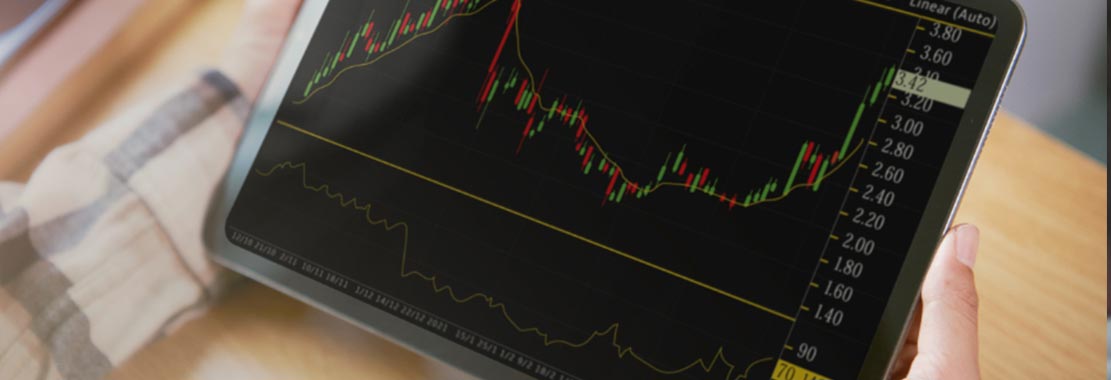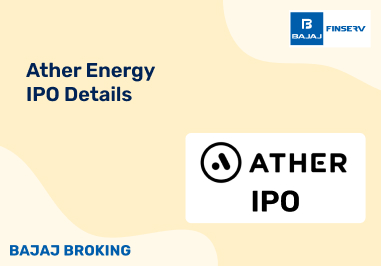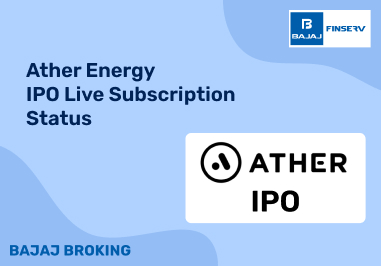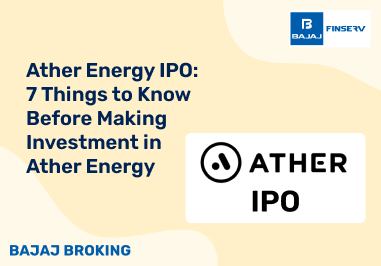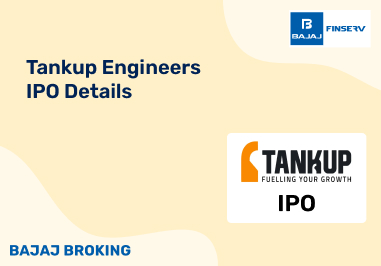Sensex and Bankex are two of the most widely tracked indices of the Indian stock market. Sensex represents some of the largest listed companies in India from several industries. However, Bankex represents some of the largest banks in India.
If you are an investor, you should track Sensex and Bankex regularly because they can provide you a cue about the direction in which the Indian economy and the banking sector are headed.
Read this blog, as it explains what Sensex is, the meaning of Bankex, the difference between these indices, as well as their strengths and limitations.
What is Sensex?
BSE Sensex is one of the two most important stock market indices in India (the other being Nifty 50). It is made up of the 30 largest and most actively traded stocks on the Bombay Stock Exchange (BSE). These stocks represent some of the largest and most reputed companies in India from diverse sectors, like Reliance Industries, ICICI Bank, Infosys, ITC, Asian Paints, etc.
Hence, Sensex is considered as a benchmark stock index. In simple words, when people want to know how the stock market in India is performing, they check the level of the BSE Sensex.
What is Bankex?
BSE Bankex is an index that is made up of some of the largest and most actively traded listed banks in India, like HDFC Bank, ICICI Bank, State Bank of India, Axis Bank, Bank of Baroda, etc.
BSE Bankex’s performance is a reflection of the performance of the Indian banking sector. Hence, it is one of the most widely tracked indices in the country. Besides, as banking is the source of finance for all the other sectors, the movements in Bankex can help you gauge the performance of the Indian economy. Having understood the Bankex’s meaning, let us delve deeper into this topic.
Key Differences Between Sensex & Bankex
Both Sensex and Bankex are two of the most important stock market indices in the country. Sensex reflects the health of many sectors (banking, IT, manufacturing, refining, consumer goods, etc.). However, the Bankex’s index reflects the health of only the banking industry.
S&P BSE SENSEX (SENSEX): BSE Sensex represents the larger Indian economy. Hence, its constituent stocks are from diverse sectors, like information-technology (IT), logistics, banking, consumer goods, power, infrastructure, etc. So, you should track Sensex if you want to know the direction in which the Indian economy is going.
S&P BSE BANKEX (BANKEX): Bankex represents only the banking sector of India, as its constituent stocks include HDFC Bank, ICICI Bank, State Bank of India, Axis Bank, Bank of Baroda, etc. Hence, if you want to assess the health of the Indian banking industry, you should track Bankex.
Importance of Sensex & Bankex in Investment Decisions
Friday expiry: The Bombay Stock Exchange (BSE) has informed that the weekly contracts of Sensex will expire on Tuesday of every week starting from January 1, 2025. Currently, these contracts expire on Friday of every week. Meanwhile, the BSE has also informed that the monthly contracts of Sensex and Bankex will expire on the last Tuesday of a month from January 1, 2025.
Reduced fees for transactions: The transaction fees in India for futures and options (F&O) on Sensex and Bankex are very little or zero for retail traders. Hence, retail traders do not have to incur significant trading charges to trade these contracts, which is an advantage.
Reduced margin requirements: The lot size of the futures and options (F&O) contracts on BSE Sensex is 20. Due to the small lot size of such contracts, less margin requirements are needed. Hence, many traders can trade F&O contracts on BSE Sensex.
Factors Influencing Sensex & Bankex
Now that you have learnt what Sensex is and the meaning of Bankex, let us understand the factors that impact these indices.
1. S&P BSE SENSEX (SENSEX):
Domestic Factors:
Government Policies: Government policies for various sectors like infrastructure, banking, IT, and consumer goods affect companies in these sectors. Therefore, such policies impact BSE Sensex as well.
Corporate Earnings: The earnings of companies that constitute Sensex impact the performance of the index. In fact, investors often expect companies to report a certain level of earnings. Based on their expectations, they buy and sell stocks, impacting the level of Sensex.
Interest Rates: Interest rates affect the corporate sector. When interest rates are low, companies can borrow at low rates, and vice versa. Therefore, low interest rates typically affect the Sensex favourably and high interest rates affect it unfavourably.
Global Factors:
Global Economic Uncertainty: Global economic uncertainty can affect Sensex adversely because it makes it difficult for companies to invest, as consumers spend less and remain apprehensive.
Currency Fluctuations: Currency fluctuations can affect Indian companies in several ways, thereby impacting Sensex as well. For example, a depreciating rupee can make exports cheaper, which is good for export-oriented industries like pharma and IT. However, a depreciating rupee can increase inflation by making imports costlier.
Geopolitical Tensions: Geopolitical tensions are bad for most companies because they can affect supply chains, global demand, and the confidence of large institutional investors. Hence, they can impact Sensex adversely.
2. S&P BSE BANKEX:
Banking Sector-Specific Factors:
Interest Rates: Interest rates are one of the major determinants of the banking sector. Typically, when interest rates are low, individuals and companies can borrow at low rates, which increases overall lending and demand. Hence, low interest rates are usually good and high interest rates are mostly bad for Bankex.
Corporate Earnings: High corporate earnings indicate high overall demand. When companies expect high demand, they tend to borrow more to expand, which is good for Bankex. On the other hand, low corporate earnings is a bad indicator for Bankex.
Regulatory Changes: Regulations regarding capital requirements, risk management, and lending practices can favourably or unfavourably impact the banking sector, thereby impacting Bankex as well.
Global Economic Trends: The Indian economy is linked with the global economy through trade and capital flows. Hence, changes in interest rates and trade policies can impact Bankex.
Limitations of Sensex & Bankex
Limitations of S&P BSE SENSEX:
Limited Representation: BSE Sensex is made up of only 30 companies that operate in India. While these are some of the largest Indian companies, they may not represent the range of the Indian corporate sector thoroughly.
Sector Bias: Of the 30 constituent stocks of Sensex, eight belong to the banking and finance industry. This means that around 27% of companies represented by Sensex belong to one industry. Hence, Sensex is a biased index in a way.
Market Cap Weighting: Sensex is based on the free-float market capitalization method. Hence, those companies which have a lot of free float (which means a high number of shares available for trading) can be over-represented in Sensex.
Volatility: (Add 10 words content for the point)
Limitations of S&P BSE BANKEX:
Sector-Specific: Bankex is specific to the banking sector of India. Hence, if you want to know about sectors apart from banking, it cannot help you.
Limited Diversification: The 10 constituents of BSE Bankex are all banks. Some of them are private sector banks and some of them are public sector banks. However, there is no non-banking financial company (NBFC) in BSE Bankex.
Market Cap Constraints:
Trading Frequency Requirement: If a stock has to be represented in BSE Sensex, it needs to trade frequently. Hence, BSE Bankex does not represent banking stocks that do not trade frequently. So, its representation is limited.
Conclusion
If you are an investor, Sensex and Bankex can provide you with interesting insights, as they represent some of the most important listed stocks in India. Hence, you should track these two indices on a daily basis. Even if you are not an investor but are keen on the Indian economy, it makes sense to track these indices because they can tell you whether retail and institutional investors are confident about investing in the Indian stock market.
Disclaimer: Investments in the securities market are subject to market risk, read all related documents carefully before investing.
This content is for educational purposes only. Securities quoted are exemplary and not recommendatory.
For All Disclaimers Click Here: https://bit.ly/3Tcsfuc
